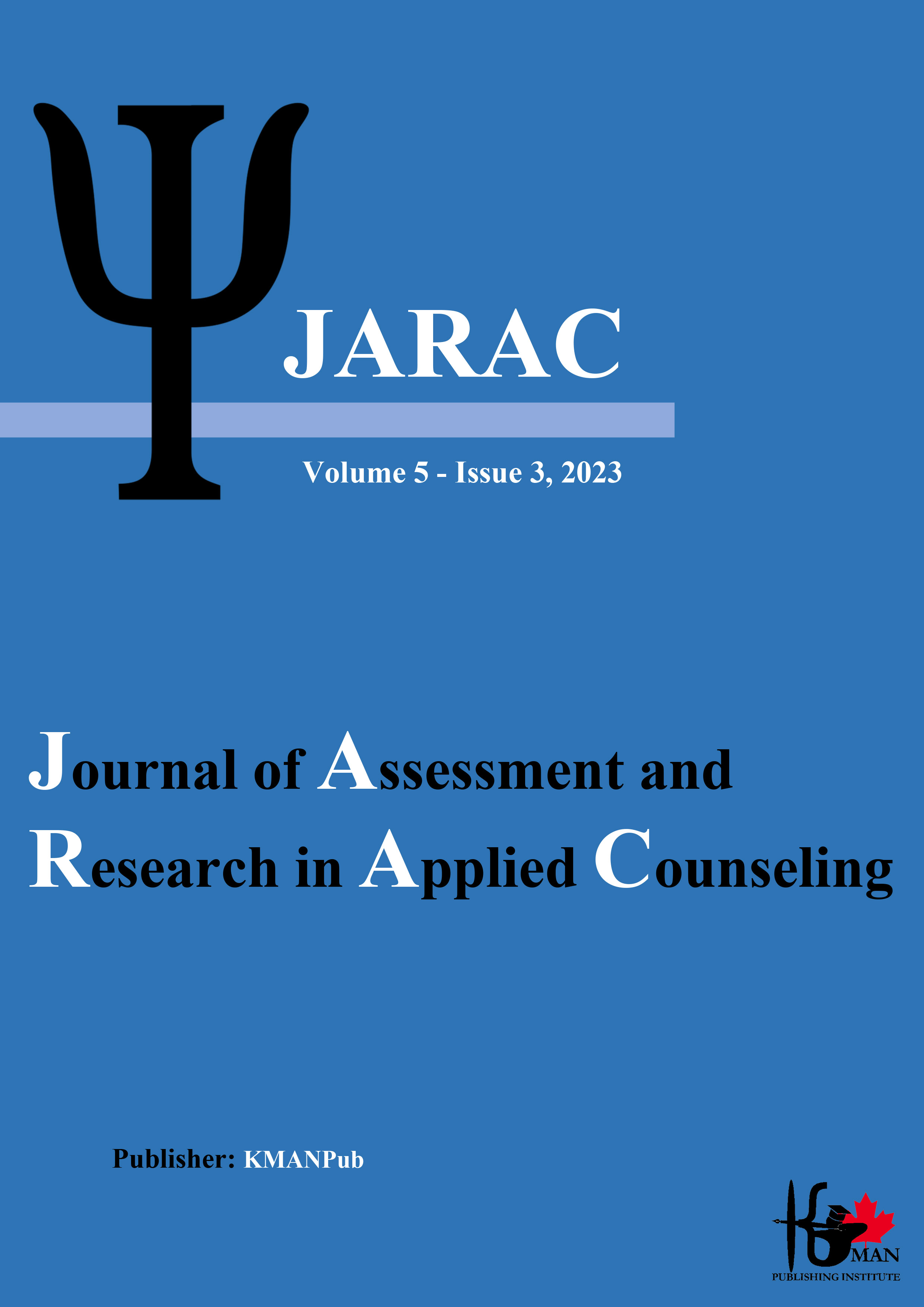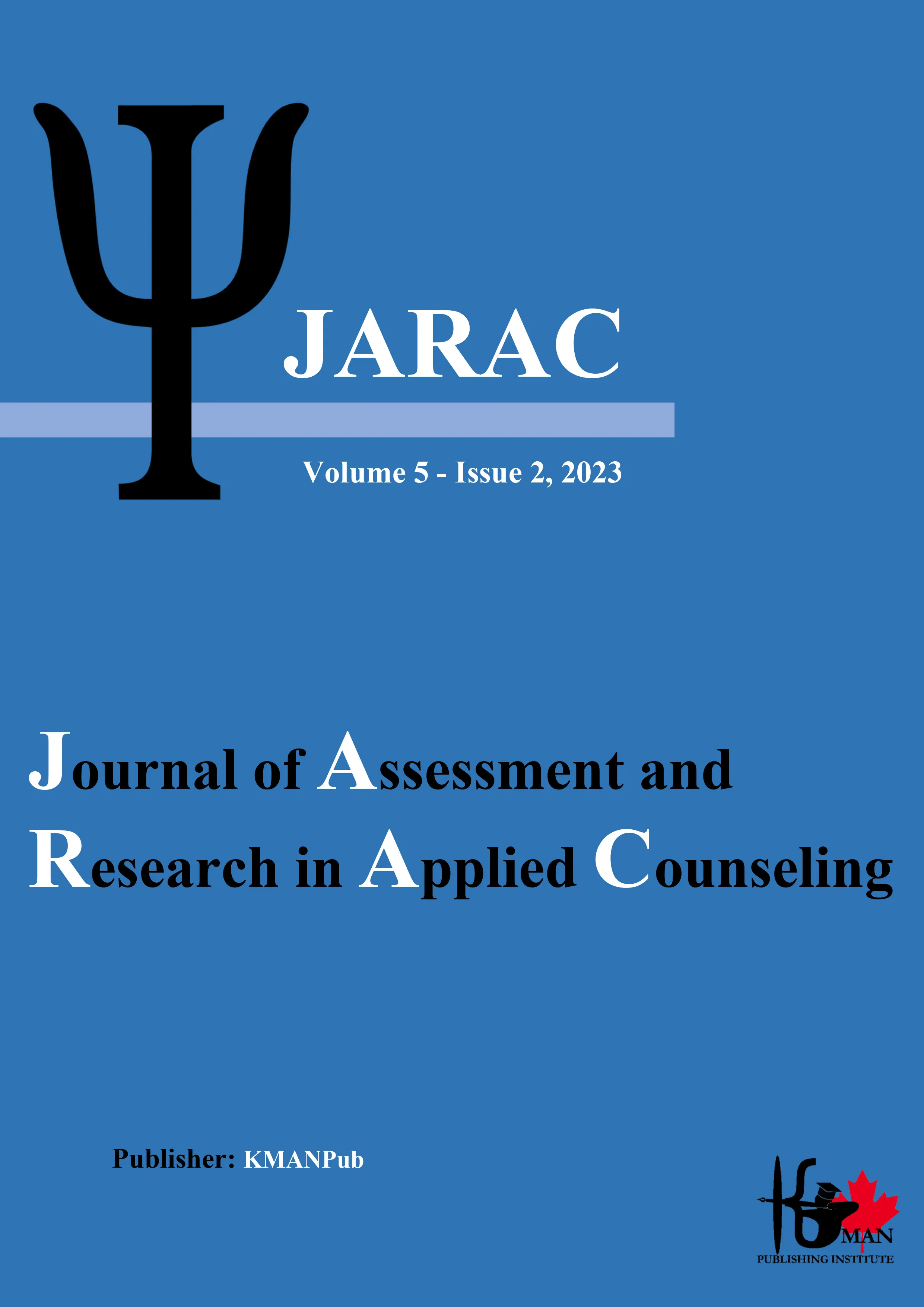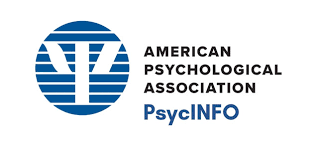Modeling the Effect of Approach Motives, Self-Compassion and Mindfulness on Sexual Intimacy of Married Nurses with the Mediating Role of Alexithymia
Abstract
Objective: The purpose of this study was to model the effect of approach motives, self-compassion and mindfulness on the sexual intimacy of married nurses with the mediating role of alexithymia.
Methods and Materials: The statistical population included all married nurses in Ilam city in 2023, from which 240 nurses were selected as a sample using available sampling. To collect data, Sacrifice Motives Questionnaire (SNQ), Self-Compassion Scale (SCS), Freiburg Mindfulness Questionnaire (FMI-SF), Couples Sexual Intimacy Questionnaire (CSIQ) and Toronto Alexithymia Scale (TAS) were used. In the present study, the evaluation of the proposed model was done using structural equation modelling, and the bootstrap method (AMOS-24 software) was used to test indirect relationships.
Findings: The fit indices of the proposed model have an acceptable fit with the data and the direct paths of approach motives, self-compassion and mindfulness to alexithymia and alexithymia to sexual intimacy were statistically significant. Also, the indirect paths of approach motives, self-compassion and mindfulness to sexual intimacy through alexithymia were statistically significant.
Conclusion: Alexithymia has a mediating role between predictor variables (approach motives, self-compassion and mindfulness) and criterion (sexual intimacy). In other words, the motivations of approach, self-compassion and mindfulness can cause sexual intimacy in nurses through the reduction of alexithymia.
Downloads
Downloads
Published
Issue
Section
License
Copyright (c) 2023 Tayebeh Karami, Masoumeh Behbodi, Pantea Jahangir (Author)

This work is licensed under a Creative Commons Attribution-NonCommercial 4.0 International License.















